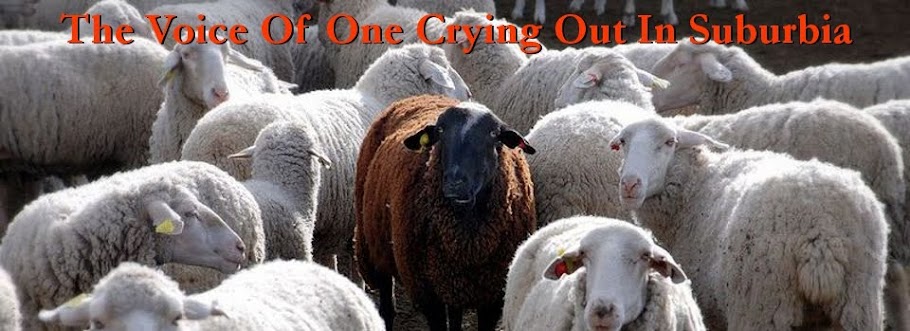That is a tough question. When you look at Anabaptism in America what you see is a pretty diverse group split into two main streams, one very liberal and one very conservative. Trying to say "this is an Anabaptist" when the two groups look, think and live nothing alike is pretty difficult. That doesn't stop us from trying! Scot McKnight attempts to answer this question today in hos post, So What's An Anabaptist and does so by looking back to Harold Bender's The Anabaptist Vision as the best summary that transcends the liberal-conservative divide. Mcknight summarizes Bender in this paragraph:
For Bender, the Anabaptists are the full implementation of the Reformation. Neither Luther nor Calvin went far enough. Bender’s focus is Luther, not Calvin, and he cites evidence that Luther late in his life realized his “mass church,” which was basically everyone born into the community/State would be baptized and be Lutheran, was ineffective in transforming the life of the person. The early Anabaptists, like Conrad Grebel, observed the lack of discipleship among the Lutherans of the Reformation. So the Anabaptists carried through the Lutheran reforms and broke with 1500 years of the church.
That is a pretty good summary. More and more I see the Anabaptists, for all of their faults ancient and modern, as the most faithful followers of what the Magisterial Reformers started but were unable or unwilling to finish. I left this comment on Scot's post:
Very good summary and I applaud the reference to Bender. There are two pretty distinct lines of modern Anabaptism. For many people Anabaptism is a term that primarily references “progressive” Christianity, not merely non-resistance but other more leftward causes that have been folded into the umbrella of “Anabaptism”. Where I live the Anabaptist line is far more conservative with a sizeable population of Amish and very conservative Mennonites, Beachy Amish, zealous former Amish and others marked by conservative dress, headcoverings, conservative theology and simplicity in the distinctive way they live. The Mennonite gathering we attend is considered fairly liberal by local Anabpatist standards even though virtually every woman in attendance has a headcovering and wear dresses or long skirts.
In many ways the two different lines of Anabaptism are about as far apart as you can imagine making it very difficult to define modern Anabaptist thought. The things that marked the early Anabaptists have been somewhat lost in the mists of time and the centuries of persecution but those very lessons are going to be critical to the church in the days to come as we emerge from the suffocating cocoon of Christendom and into a world that is gradually more hostile to Christianity.
As something of a Johnny-come-lately to Anabaptism I often see a jarring disconnect between what I read of the early Anabaptists and what I see today. In some ways I see the term Anabaptism being hijacked by "progressive" theologians who want to take the radical discipleship of Anabaptists and turn it into a license for "anything goes" theology, which is kind of the opposite of the original Anabaptist who simply read and believed what the Bible, esp. the New Testament, had to teach us. On the other hand I see some of that as an understandable backlash against the conservative Anabaptist model that is more and more entrenched with each passing year, terrified of not being "conservative" enough and letting the proverbial liberal camel nose under the tent.
So who were and who are the Anabaptists? My study of them reveals a people who were committed, radically so, to the teachings of Scripture especially when it comes to the teachings of Jesus. They were hardly liberal. The use of the Ban, known more commonly as shunning, as a tool of church discipline in response to sin and wayward behavior seems jarring to some on the leftward leaning spectrum. They had little interest in trying to use the machinery of the state to make unregenerate people behave. The saw the church as primarily a fellowship, a brotherhood. They expected and received persecution from the world. All of the rest of this stuff that has come to be associated with "Anabaptism" is often just fluff and frequently harmful. If you want to know who the Anabaptist are, read what they wrote, study how they lived and learn how their example can benefit the church today.

1 comment:
Having read some of what they wrote during my exploration of House Church ecclesiology, I have found the same seeming disconnect from what they believed and taught and what some who identify with Anabaptist thought today promote. I've run into a few who today aren't even sure the Resurrection was a real, historic event. I find this greatly confounding.
Post a Comment